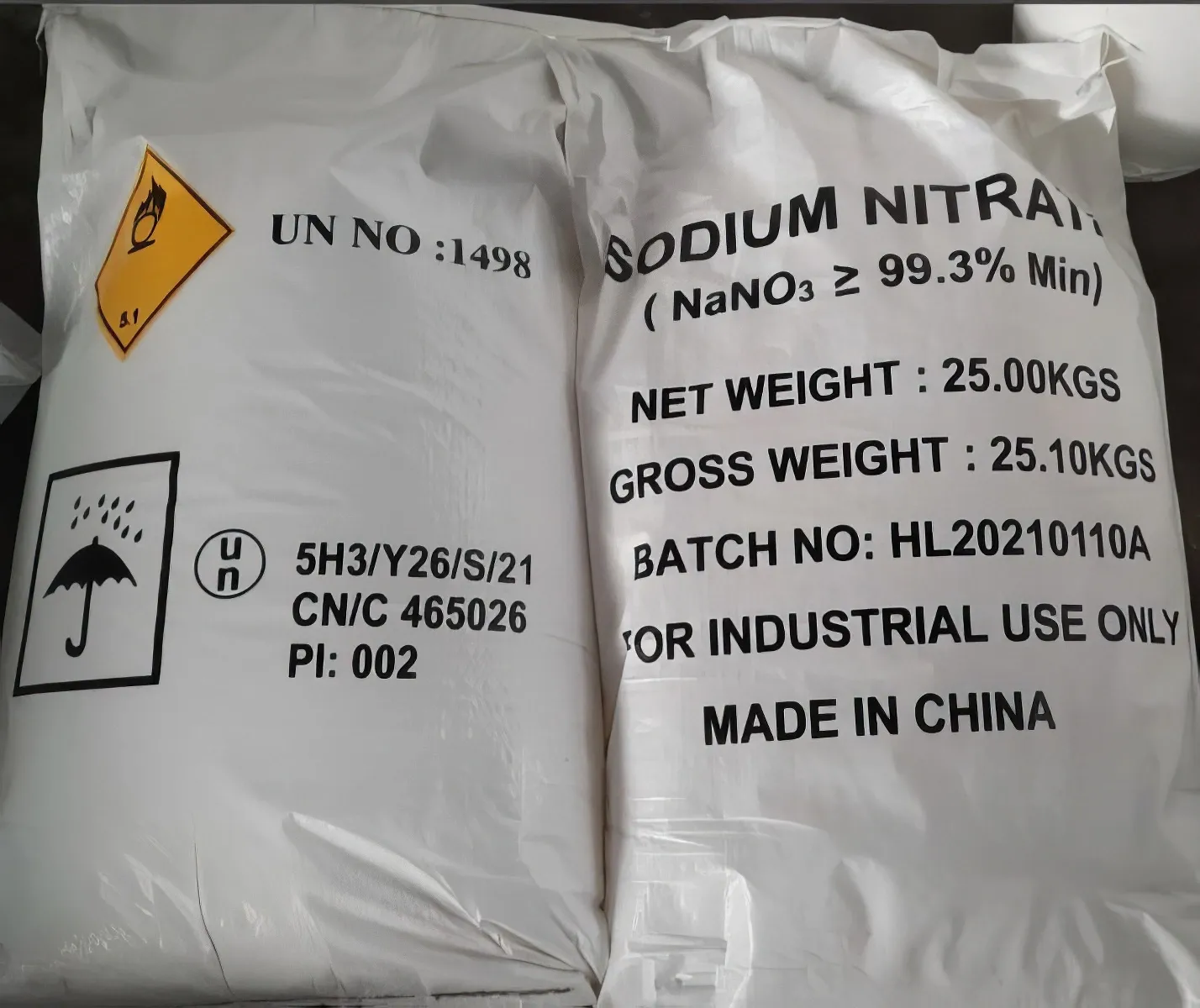



Chemicals for Effective Water Treatment in Aquatic Settings and Plant Care
Understanding Water Plant Chemicals Their Importance and Impact
Water treatment plants play a crucial role in ensuring the safety and quality of drinking water while also protecting the environment. At the core of their operations are various chemicals that aid in the purification and treatment processes. Understanding these chemicals, their functions, and their impacts is vital for both operators and consumers alike.
The Role of Chemicals in Water Treatment
1. Coagulation and Flocculation The first step in water treatment is usually coagulation and flocculation. In this phase, chemicals such as aluminum sulfate (alum) are added to the water. Alum reacts with impurities and forms small clumps called flocs, which are easier to remove. This step is essential for reducing turbidity and preparing the water for the next stages of treatment.
2. Sedimentation Following coagulation, the water flows into sedimentation tanks where the flocs settle at the bottom due to gravity. While this process relies primarily on physical principles, the effectiveness can be enhanced with the use of certain chemicals that stabilize the flocs, preventing them from breaking apart and ensuring they are effectively removed.
3. Filtration After sedimentation, the water passes through filters composed of sand, gravel, and sometimes activated carbon. Chemicals, such as chlorine dioxide, can be used at this stage to disinfect the water, killing pathogens that may linger after sedimentation. This disinfection step is critical in ensuring that the water is safe for consumption.
4. Disinfection The final stage of chemical treatment typically involves disinfection. Chlorine is the most commonly used chemical in this process, as it is effective against a wide range of microorganisms. However, it can produce harmful disinfection by-products, which is why some facilities opt for alternatives like ozone or ultraviolet (UV) light. Each option has its merits and potential drawbacks, making it essential for water treatment facilities to evaluate their strategies carefully.
Environmental and Health Considerations
water plant chemicals

While water plant chemicals are vital for treatment, they also raise various environmental and health concerns. The use of chlorine can lead to the formation of trihalomethanes (THMs), which are suspected carcinogens. Furthermore, improper dosages of treatment chemicals can result in residuals that are harmful to aquatic life if they enter natural water bodies through wastewater discharge.
Operators must constantly monitor chemical concentrations in treated water to strike a balance between effective purification and environmental safety. The implementation of stricter regulations regarding chemical use in water treatment has also led to innovations in chemical alternatives that may be less harmful to both humans and ecosystems.
Innovations and Alternatives
With advancements in technology, new alternatives to traditional water treatment chemicals are emerging. Biologically-based treatments, such as the use of natural coagulants extracted from plant materials, are gaining attention. These alternatives not only reduce the reliance on synthetic chemicals but also minimize potential health risks associated with conventional treatment methods.
Moreover, advancements in filtration technology, such as membrane filtration and biological filtration, are proving to be more effective in removing contaminants without the need for extensive chemical use. As these technologies become more affordable and accessible, they have the potential to revolutionize the landscape of water treatment.
Conclusion
In conclusion, water plant chemicals are indispensable in the quest for safe and clean drinking water. They enable the effective removal of contaminants and pathogens, ensuring public health and environmental safety. However, the balance between effective treatment and potential health risks is delicate and requires constant monitoring and innovation. As the industry evolves, it is crucial to embrace new technologies and alternatives that prioritize both purification efficacy and environmental sustainability. By doing so, we can ensure a future where access to clean water is not only a right but a guarantee for everyone.
-
Why Sodium Persulfate Is Everywhere NowNewsJul.07,2025
-
Why Polyacrylamide Is in High DemandNewsJul.07,2025
-
Understanding Paint Chemicals and Their ApplicationsNewsJul.07,2025
-
Smart Use Of Mining ChemicalsNewsJul.07,2025
-
Practical Uses of Potassium MonopersulfateNewsJul.07,2025
-
Agrochemicals In Real FarmingNewsJul.07,2025
-
Sodium Chlorite Hot UsesNewsJul.01,2025










